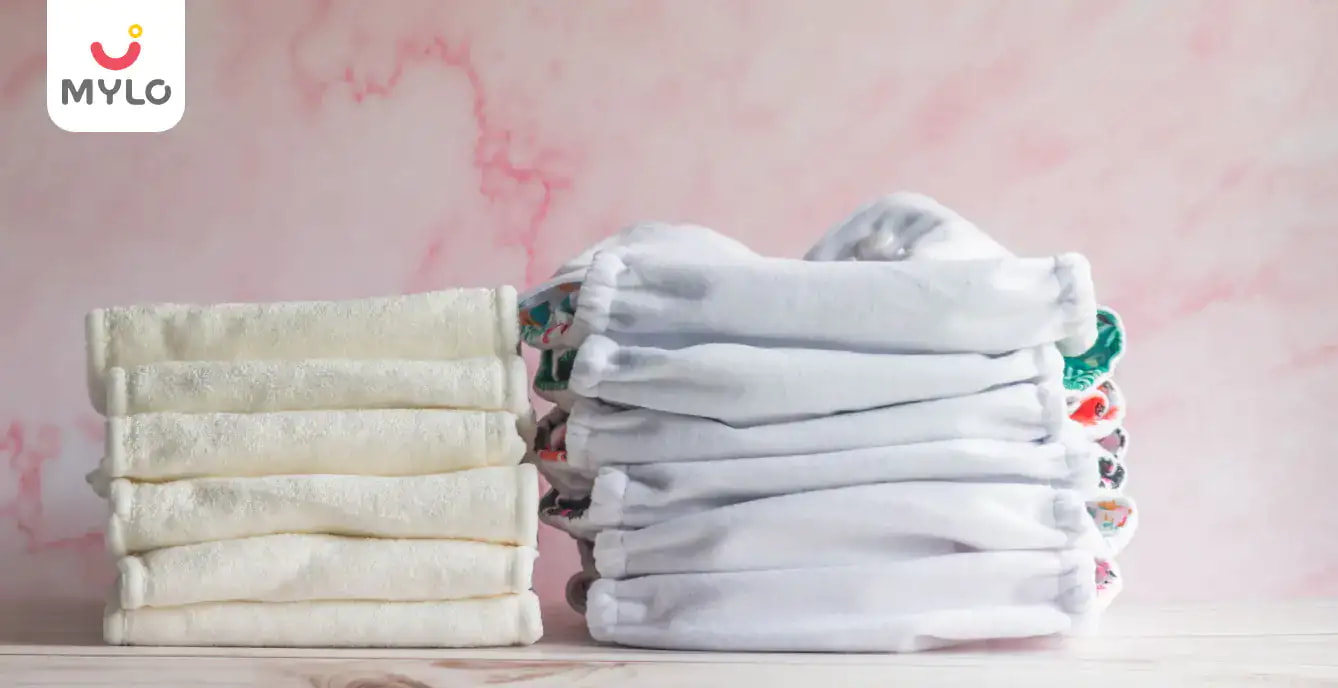Get MYLO APP
Install Mylo app Now and unlock new features
💰 Extra 20% OFF on 1st purchase
🥗 Get Diet Chart for your little one
📈 Track your baby’s growth
👩⚕️ Get daily tips
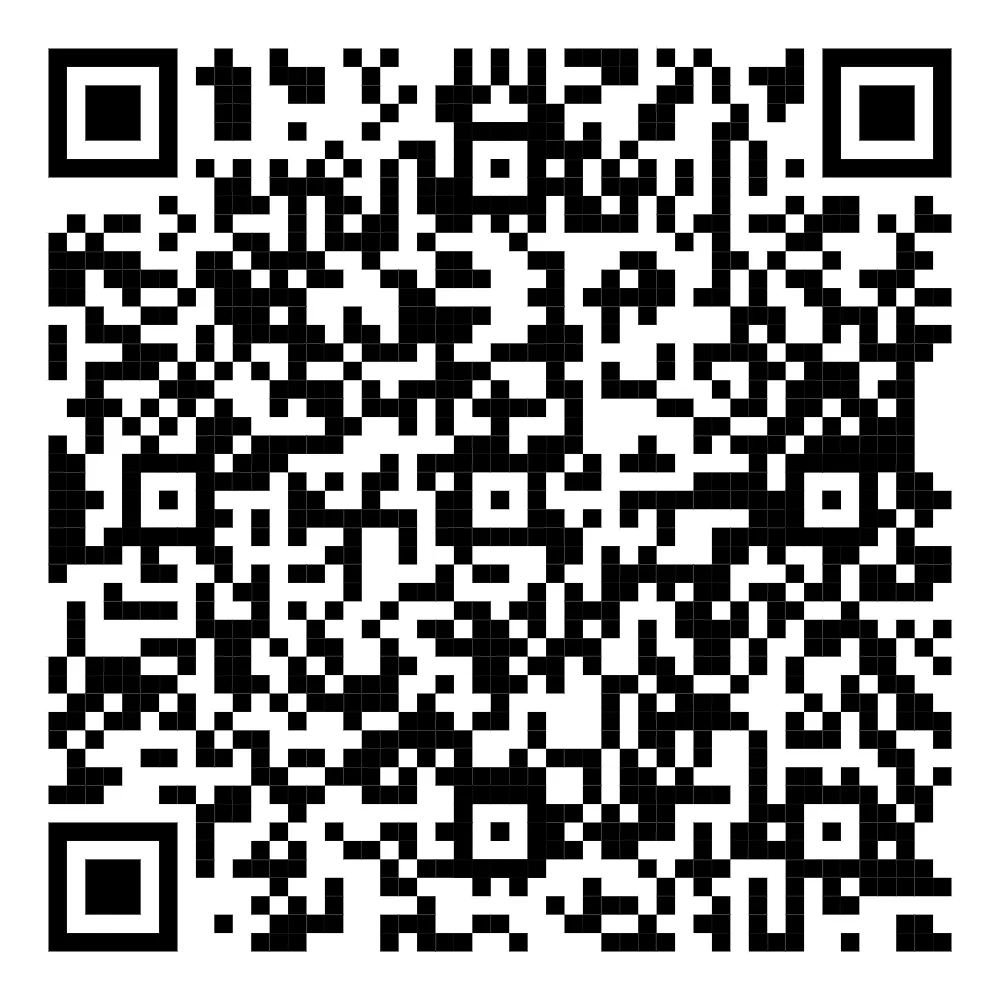
OR


Article Continues below advertisement
In this Article
- What is a Cloth Diaper Insert?
- How to Use Inserts for Cloth Diapers?
- How to Clean Cloth Diaper Inserts?
- How to Wash Cloth Diaper Inserts?
- Key Takeaways
Diapering
 4510
4510Keeping Cloth Diaper Inserts Clean and Germ-Free for Your Baby: Tips for Proper Washing and Reuse
Updated on 5 July 2023
Cloth diapers are a popular choice for environmentally conscious parents who want to save money over time. While cloth diapers do require additional laundering, the inserts can be washed and reused, making them a more sustainable option than disposable diapers. Cloth diaper inserts come in a variety of materials and can be customized for absorbency needs.
In this article, we will explore how to safely reuse cloth diaper inserts, including proper washing techniques and storage methods. By reusing cloth diaper inserts, you can save money and reduce your environmental impact without sacrificing your baby's comfort and hygiene.
What is a Cloth Diaper Insert?
A cloth diaper insert is an absorbent layer that is placed inside a cloth diaper to absorb moisture. It is usually made of natural fibers like cotton, hemp, bamboo, microfiber or Zorb. Inserts are used with pocket diapers and are the main absorbent layer that is stuffed into a cloth diaper or laid in a waterproof cover. They come in various styles, including flat, prefold, trifold, and pad. Choosing the right cloth diaper insert is important for the effectiveness of the diaper, and the type of inserts available vary in absorbency and speed of absorption.
Article continues below advertisment
Mylo Essentials Inserts for Cloth Diaper are India’s first Oeko-Tex certified soaker pads. These inserts are made up of 5 layers: Oeko-tex certified dry feel, soft, anti-pilling microfleece fabric, 3 layers of absorbent micro terry fabric and Thermoplastic Polyurethane (TPU) waterproof layer underneath. They are hypoallergenic, chemical-free, washable and reusable.
How to Use Inserts for Cloth Diapers?
To use inserts for cloth diapers, first, grab the insert(s) you want to use and hold them at one end in the center. Then, take the pocket diaper and hold it open with your other hand. Jam the insert(s) into the pocket. If required, you can adjust the insert pad length by folding. Make sure not to stuff microfiber outside of the pocket as it can irritate the baby's skin. Once the diaper is adjusted for the baby, it is ready to use. Using inserts in cloth diapers provides customizable absorbency and comfort for the baby.
You may also like: Cloth Diapering 101: How to Successfully Change Your Baby's Diaper
How to Clean Cloth Diaper Inserts?
When you are changing the diaper inserts for your baby, check for any solid mess. Clean the solid mess right away by either swishing the insert in the toilet bowl or by spraying it with water. To clean cloth diaper inserts, it is recommended to remove any solid waste from the diaper and store it in a container until washing.
You may also like: Do You Need to Change Your Baby's Cloth Diaper After Every Episode of Pee?
Article continues below advertisment
How to Wash Cloth Diaper Inserts?
Start by doing a cold water rinse, followed by a hot water wash with a gentle laundry detergent that is safe for your baby. Rinse the diaper inserts multiple times to avoid residue. Hot water helps sanitize the cloth inserts removing germs from them. Following the washing instructions provided by the cloth diaper manufacturer is important to ensure the longevity and effectiveness of the cloth diaper inserts. Once you have washed the inserts, it's important to dry them under the Sun to remove any stains or germs from it.
Following a simple routine of cleaning, washing and sanitizing cloth diaper inserts ensures that your baby stays protected from germs.
Key Takeaways
In conclusion, reusing cloth diaper inserts is a great way to save money and reduce waste. However, it is important to follow proper washing and drying techniques to ensure that the inserts remain clean and safe for your baby's use. By pre-rinsing, washing with a gentle detergent, and avoiding fabric softeners and dryer sheets, you can keep your cloth diaper inserts in good condition while also protecting your baby from harmful bacteria. With a little care and attention, you can safely reuse cloth diaper inserts and enjoy the many benefits of cloth diapering.



Written by
Priyanka Verma
Priyanka is an experienced editor & content writer with great attention to detail. Mother to an 11-year-old, she's a ski
Read MoreGet baby's diet chart, and growth tips
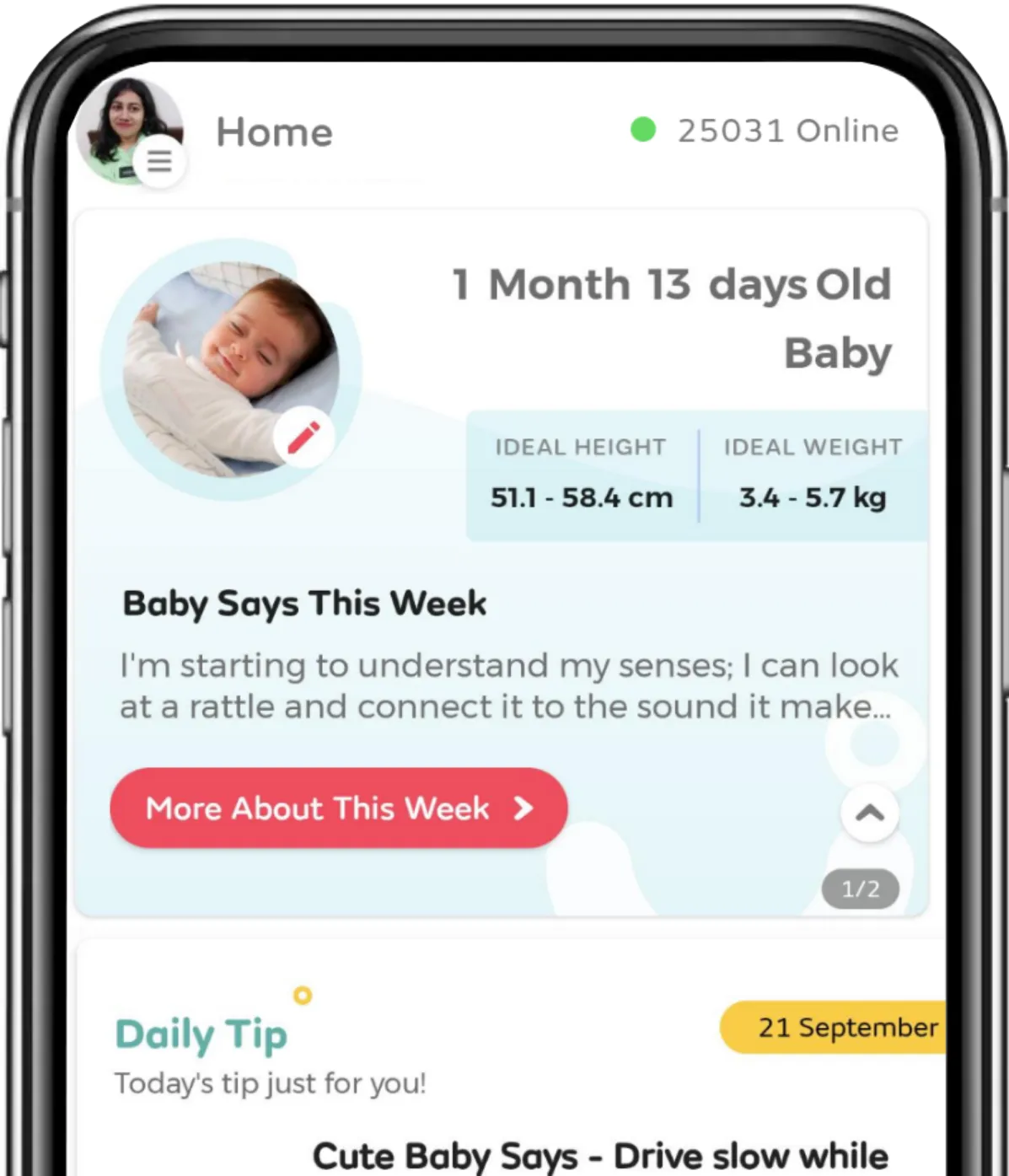
Related Articles
Related Topics
RECENTLY PUBLISHED ARTICLES
our most recent articles
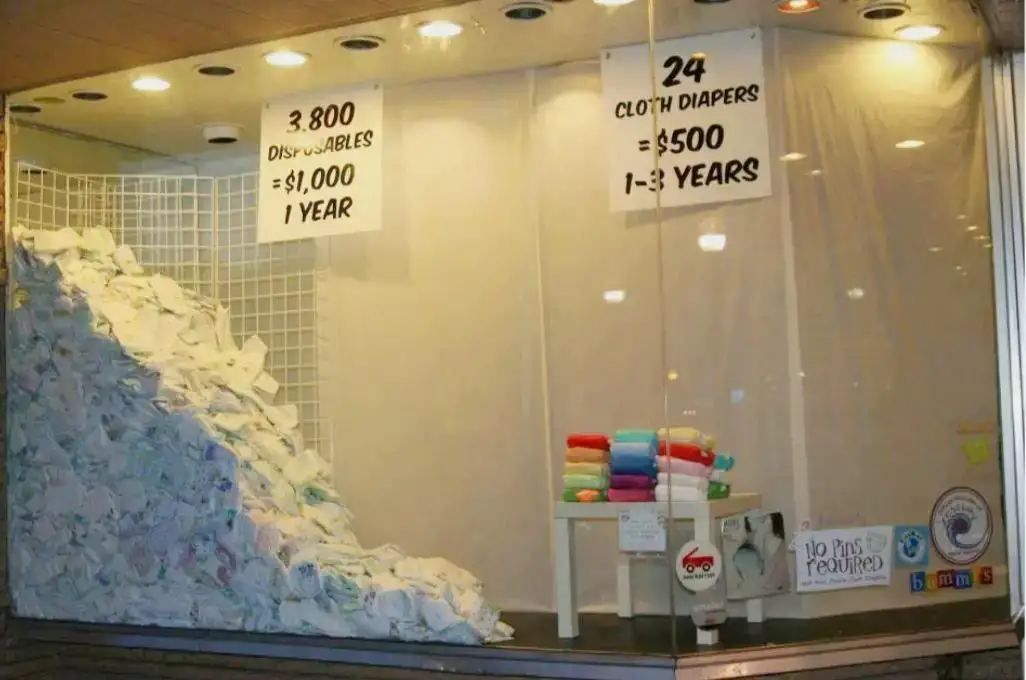
Mylo Cloth Diapers
Baby cloth diapers by Mylo
(2,352 Views)
Potty Training
When to begin toilet training your child
(122,982 Views)

General Father
Are you a first time dad & scared? Here's some help
(14,849 Views)
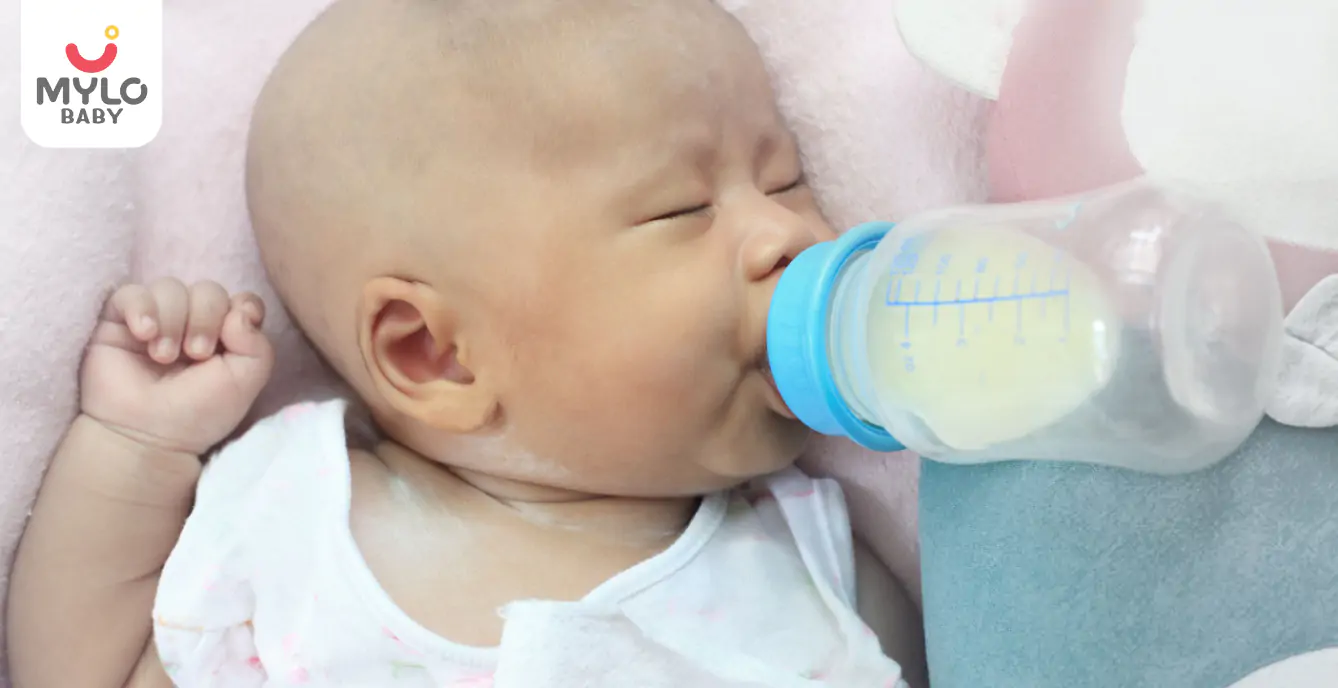
Care for Baby
Is your baby 3 months old now? Here's how to set-up a perfect sleep and feeding schedule for your little one?
(114,622 Views)

Breastfeeding Barriers
Painful Nipples During Breastfeeding: A Step-by-Step Approach for Managing Discomfort
(10,082 Views)
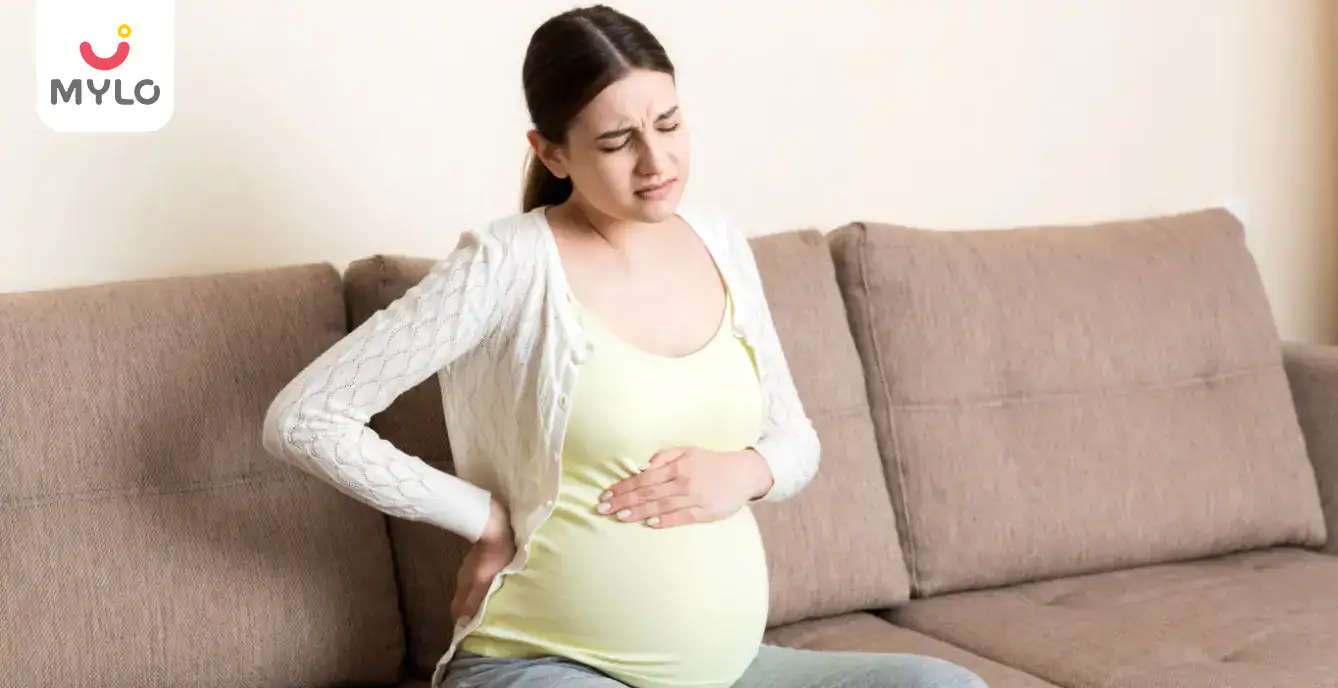
How to Manage and Alleviate Round Ligament Pain During Pregnancy?
(3,232 Views)
- FSH LH Prolactin Test: What This Group of Tests Can Tell You About Your Fertility
- Why Berbitol is the Missing Piece in Your Supplement Stack
- Top 10 Action Movies to Watch on Netflix in 2023
- Foods to Avoid After Embryo Transfer & Other Precautions to Boost Your Chances
- Semen Analysis: A Comprehensive Look at Male Reproductive Health
- Understanding Premature Ejaculation: Causes, Symptoms, and Treatment Options
- Gokshura: The Ancient Ayurvedic Remedy for Optimal Sexual Health and Wellness
- Retrograde Ejaculation: Unraveling the Mystery Behind This Uncommon Sexual Dysfunction
- Fertisure F: The Key to Unlocking Your Fertility Potential & Chances of Conception
- Here's everything you need to know if you want to give potty training to your infant or try Elimination Communication.
- Top 4 Kinds of Infertility Treatments to Cure Male Infertility
- Sleeping positions during pregnancy
- Burning Sensation After Sex: What Could It Mean
- Hormonal Imbalance in Men: What You Need to Know About Its Hidden Effects


AWARDS AND RECOGNITION
Mylo wins Forbes D2C Disruptor award
Mylo wins The Economic Times Promising Brands 2022
AS SEEN IN
















At Mylo, we help young parents raise happy and healthy families with our innovative new-age solutions:
- Mylo Care: Effective and science-backed personal care and wellness solutions for a joyful you.
- Mylo Baby: Science-backed, gentle and effective personal care & hygiene range for your little one.
- Mylo Community: Trusted and empathetic community of 10mn+ parents and experts.
Product Categories
baby carrier | baby soap | baby wipes | stretch marks cream | baby cream | baby shampoo | baby massage oil | baby hair oil | stretch marks oil | baby body wash | baby powder | baby lotion | diaper rash cream | newborn diapers | teether | baby kajal | baby diapers | cloth diapers |




